14. The average distance from the Earth to the moon is about 384,400 kilometers (238,855 miles).
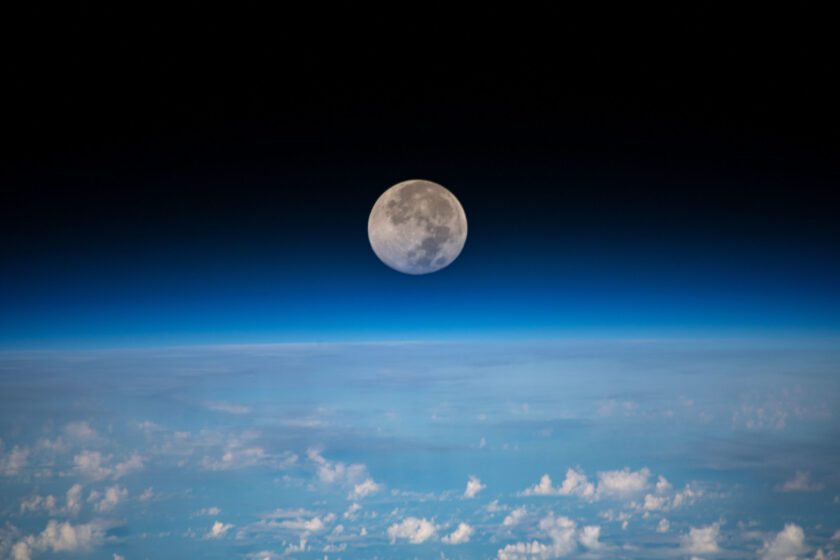

The distance between the Earth and the moon varies slightly over time due to the elliptical shape of the moon’s orbit around the Earth. At its closest point (called the perigee), the moon is about 356,500 kilometers (221,500 miles) from the Earth, while at its farthest point (called the apogee), it is about 406,700 kilometers (252,700 miles) away. The average distance between the Earth and the moon is about 384,400 kilometers (238,855 miles), which is what is usually used for calculations and measurements.
15. The surface of Mars has the largest volcano in the solar system, Olympus Mons, and the longest canyon, Valles Marineris.
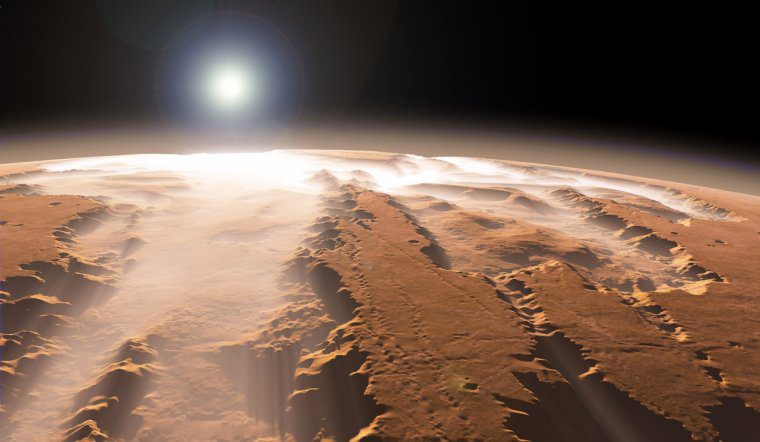

One of the most notable features on the surface of Mars is Olympus Mons, the largest volcano in the solar system. Olympus Mons is a massive shield volcano that is located in the Tharsis region of Mars and is thought to have formed by the eruption of lava from a single hotspot. It is about 600 kilometers (375 miles) in diameter and 27 kilometers (17 miles) high, making it about three times larger and 25 times more massive than Mauna Loa, the largest volcano on Earth. Olympus Mons is thought to be relatively young, with an estimated age of around 50-100 million years, and it is thought to be still active, although it has not erupted in recent history.
16. Jupiter is the largest planet in the solar system, with a diameter of around 142,984 kilometers (88,736 miles).
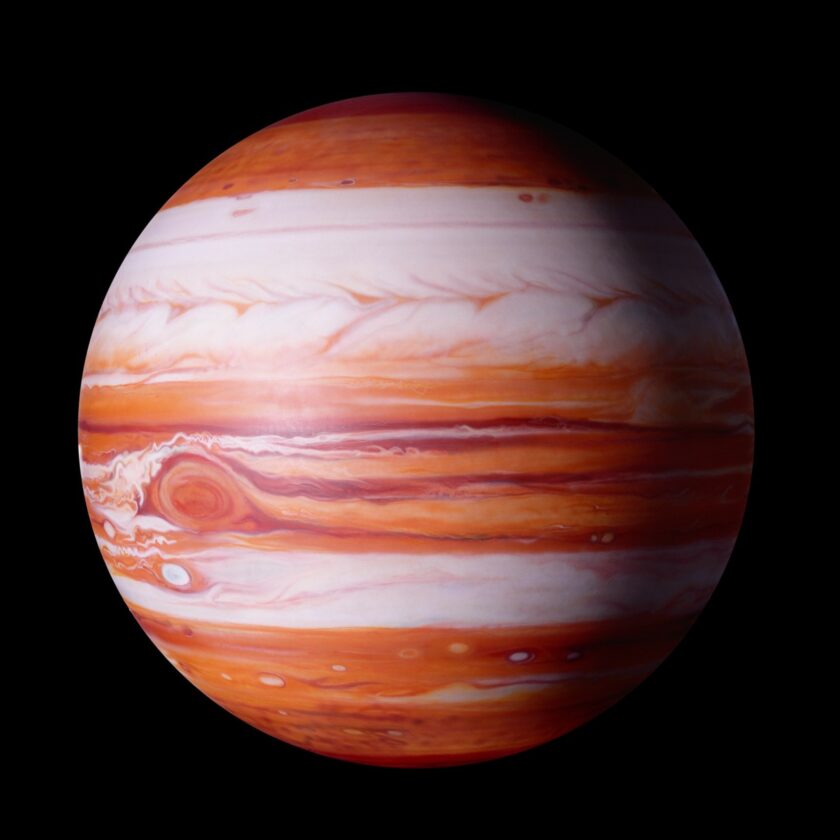

Jupiter is the most massive planet in the solar system, with a mass about 318 times that of Earth. It is also one of the most luminous planets, with a surface temperature of about -148 degrees Celsius (-235 degrees Fahrenheit). Jupiter is known for its distinctive appearance, which includes a number of distinctive features, such as its bands of clouds, its Great Red Spot, and its many moons.
Jupiter is an important planet in the solar system, and it has played a significant role in the study of the solar system and the universe. It has been visited by a number of spacecraft, including the Pioneer, Voyager, and Galileo missions, which have provided valuable information about the planet’s atmosphere, magnetic field, and moons.
17. Saturn is known for its beautiful rings, which are made up of ice, dust, and rock particles.
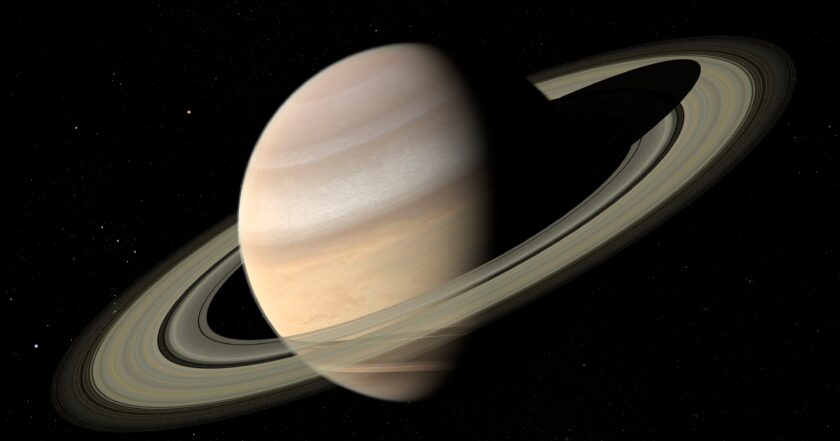

Saturn is known for its stunning ring system, which consists of hundreds of thousands of narrow, concentric rings made up of ice, dust, and rock particles. The rings are divided into several distinct bands, which are separated by gaps, and they are thought to be composed of small particles ranging in size from micrometers to meters. The rings are thought to be relatively young, with an estimated age of around 100 million years, and they are thought to be continually replenished by the breakup of small moons and other objects in Saturn’s orbit.
18. Uranus is tilted on its axis, causing its seasons to be much longer than those on Earth. One year on Uranus is equivalent to 84 Earth years.
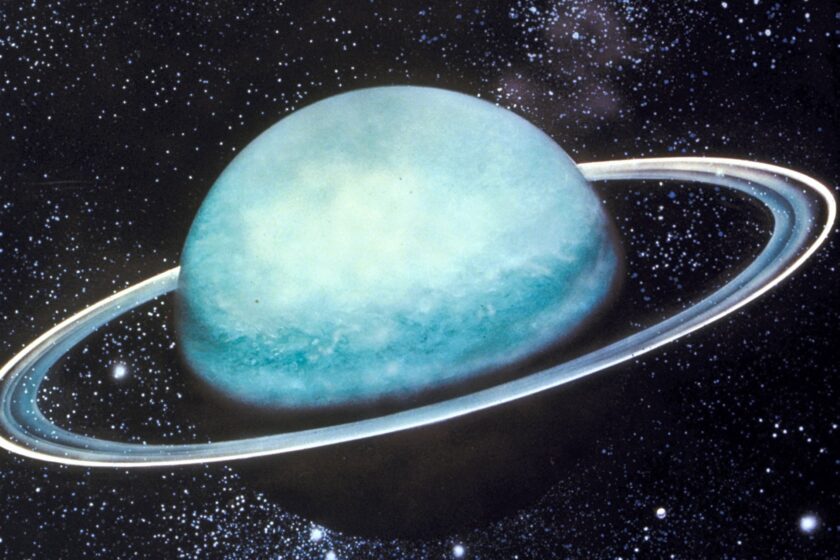

Uranus is known for its distinctive orientation, which is caused by its axial tilt of about 98 degrees. This means that Uranus is tilted almost perpendicular to its orbit around the sun, which results in its seasons being much longer than those on Earth. One year on Uranus is equivalent to about 84 Earth years, and the planet experiences very long periods of daylight and darkness as it orbits the sun.
Uranus is also known for its system of rings and its many moons. It has 27 known moons, which are thought to be mostly small and icy, and it has 13 known rings, which are thought to be composed of small particles ranging in size from micrometers to meters.
19. Neptune has the strongest winds in the solar system, with gusts reaching speeds of up to 2,100 kilometers per hour (1,305 miles per hour).
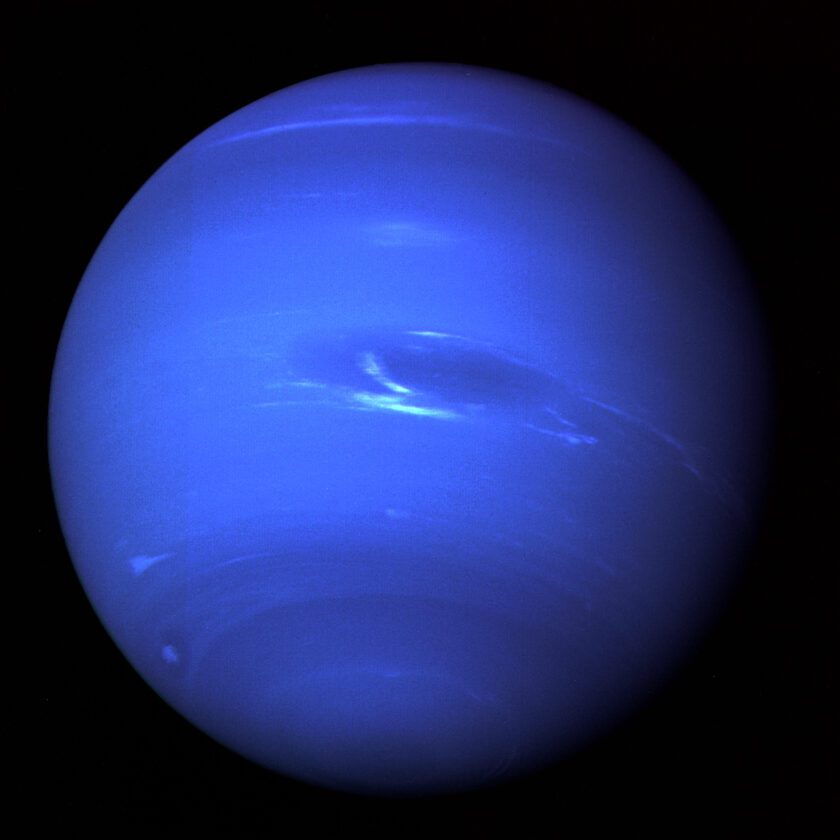

Neptune is known for its distinctive blue color, which is caused by the presence of methane in its atmosphere. It is also known for its system of rings and its many moons. It has 14 known moons, which are thought to be mostly small and icy, and it has five known rings, which are thought to be composed of small particles ranging in size from micrometers to meters.
Neptune is an interesting and fascinating planet, and it continues to be the subject of much study and research. It is one of the least explored planets in the solar system, and it has many mysteries that have yet to be uncovered. It is thought to have a relatively young surface, with an estimated age of about 4.5 billion years, and it is thought to have a rocky core and an atmosphere that is mostly composed of hydrogen and helium.
20. Pluto was originally classified as a planet, but in 2006 it was reclassified as a “dwarf planet.”
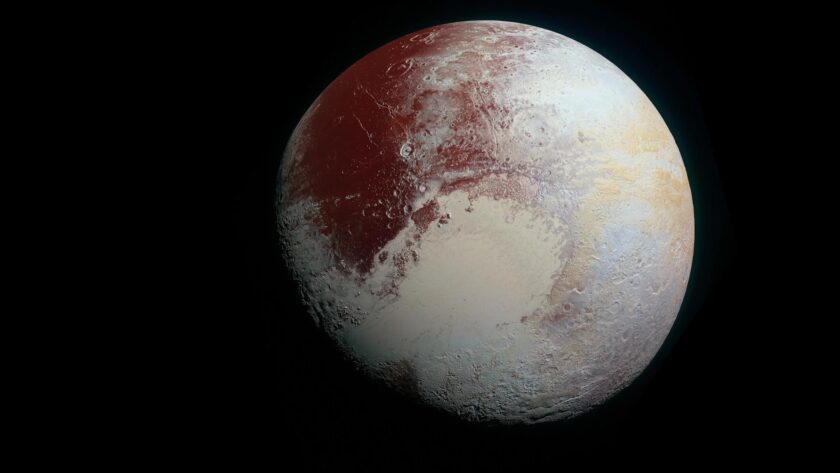

According to the new definition, a planet is defined as a celestial body that orbits the sun, is round, and has cleared its orbit of other objects. Pluto does not meet this definition because it shares its orbit with other objects in the Kuiper Belt, a region of the solar system beyond Neptune that is thought to contain many small, icy bodies. As a result, Pluto was reclassified as a “dwarf planet,” which is a category of celestial body that is smaller than a planet and is not capable of clearing its orbit of other objects.
Pluto is still considered an important object in the solar system, and it continues to be the subject of much study and research. It is thought to be composed mostly of rock and ice, and it is known to have a number of distinctive features, including mountains, valleys, and a large, heart-shaped glacier. It also has five known moons, which are thought to be small and icy. Despite its reclassification as a dwarf planet, Pluto is still considered a significant object in the solar system and continues to be an important object of study for scientists.
21. There are thought to be millions of asteroids in the asteroid belt between Mars and Jupiter.
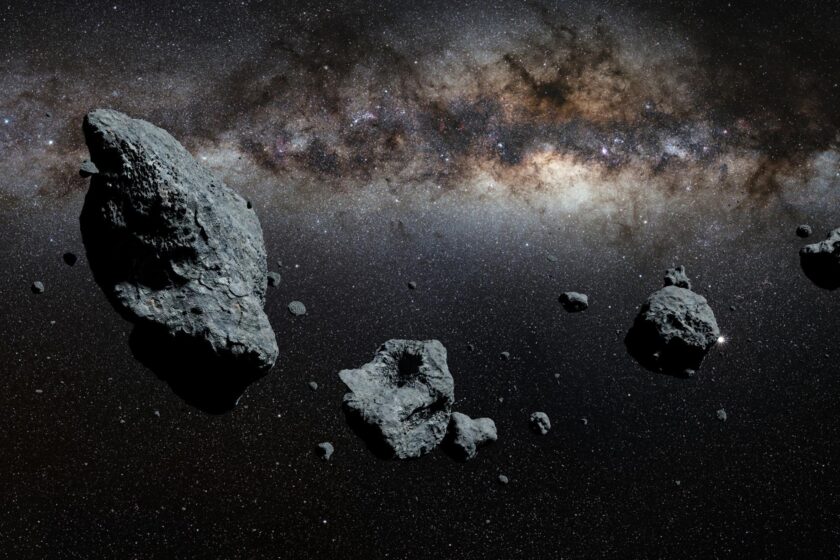

Asteroids are thought to be remnants from the early solar system that never coalesced into a planet. They are thought to be composed mostly of rock and metal, and they range in size from a few meters to hundreds of kilometers in diameter. The asteroid belt is thought to contain millions of asteroids, and it is thought to be the source of many of the meteorites that fall to Earth.
The asteroid belt is an important region of the solar system, and it has been the subject of much study and research. It is thought to contain clues about the early history and evolution of the solar system, and it has been visited by a number of spacecraft, including the Dawn mission, which has provided valuable information about the asteroids in the belt.
22. There are also thought to be billions of comets in the solar system, many of which are located in the Oort cloud, a vast region of space beyond the planets.
Comets are small, icy objects that are composed of a mixture of rock, ice, and dust. They are thought to be made up of the same materials that were present in the early solar system, and they are thought to contain clues about the early history and evolution of the solar system. Comets are known for their distinctive appearance, which includes a bright coma (a glowing atmosphere) and a long, glowing tail, which are both caused by the release of gases as the comet’s surface is heated by the sun.
The Oort cloud is an important region of the solar system, and it has been the subject of much study and research. It is thought to contain billions of comets, and it is thought to be the source of many of the comets that are observed in the solar system. The Oort cloud is also an important object in the study of the solar system’s history and evolution, and it is thought to hold clues
23. The International Space Station (ISS) is the largest artificial satellite in Earth’s orbit, and it has been continuously occupied since 2000.
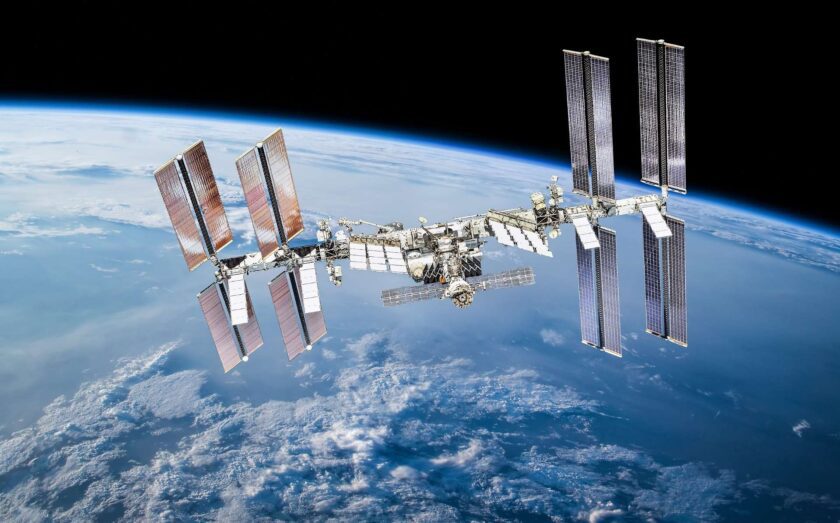

The International Space Station is located in low Earth orbit, at an altitude of about 400 kilometers (250 miles) above the surface of the Earth. It orbits the Earth about once every 90 minutes, and it is visible from the Earth as a bright, moving star-like object in the night sky. The ISS is a unique and important research facility, and it has been the site of a number of important scientific experiments and discoveries. It is also an important symbol of international cooperation and collaboration, and it has contributed to our understanding of the Earth, the solar system, and the universe.
24. The first human landing on the moon was in 1969, when the Apollo 11 mission successfully landed Neil Armstrong and Buzz Aldrin on the lunar surface.
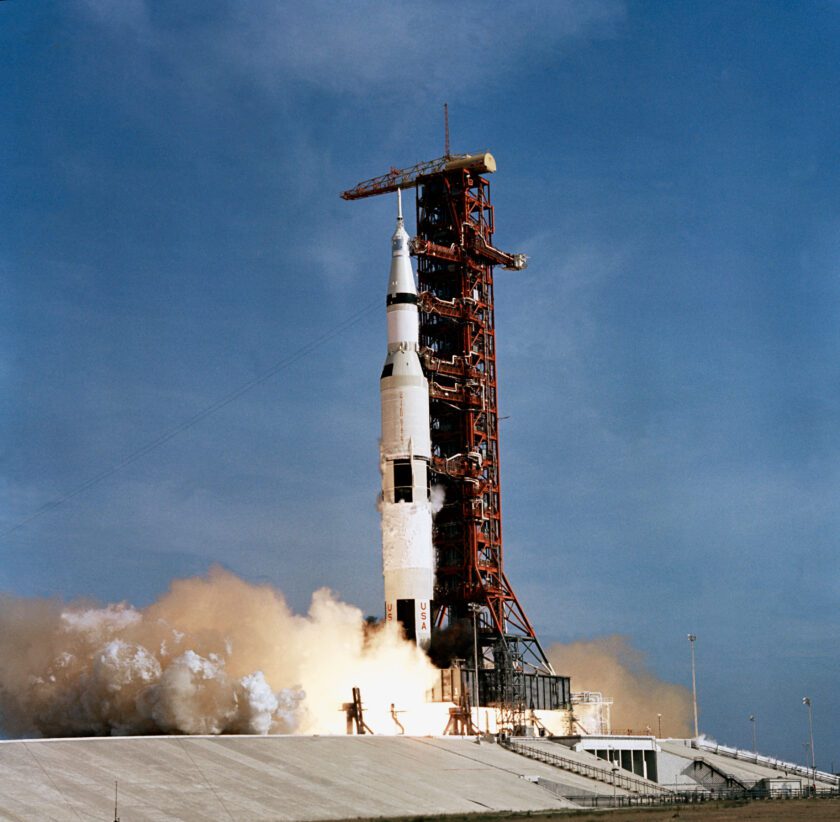

The Apollo 11 mission was launched from the Kennedy Space Center in Florida on July 16, 1969, and it included three astronauts: Neil Armstrong, Buzz Aldrin, and Michael Collins. Armstrong and Aldrin landed on the moon in the lunar module “Eagle,” while Collins remained in orbit in the command module “Columbia.” Armstrong and Aldrin spent about two and a half hours on the lunar surface, during which they conducted scientific experiments, collected samples, and deployed a number of instruments and equipment. They also planted the American flag on the moon, symbolizing the United States’ achievement in reaching the lunar surface.
25. There are currently three active missions to Mars: the NASA Mars Perseverance rover, the Chinese Zhurong rover, and the United Arab Emirates’ Hope orbiter.
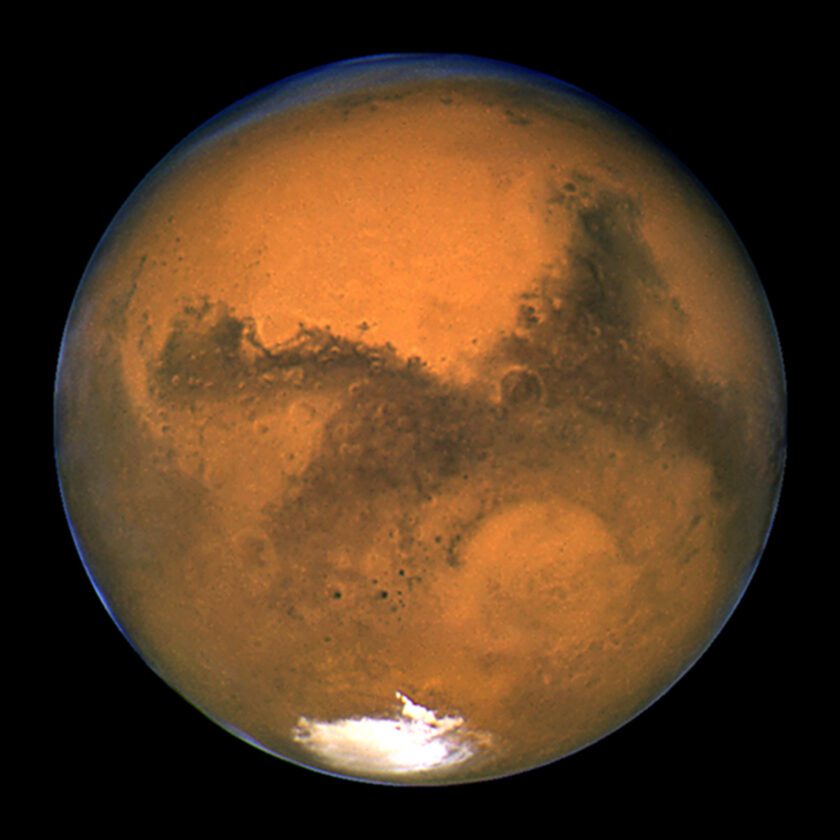

The NASA Mars Perseverance rover is a robotic spacecraft that was launched in July 2020 and landed on Mars in February 2021. It is currently exploring the surface of Mars, collecting and analyzing samples, and studying the geology, atmosphere, and habitability of the planet. The Zhurong rover is a Chinese spacecraft that was launched in July 2020 and landed on Mars in May 2021. It is also exploring the surface of Mars, studying the geology, atmosphere, and environment of the planet. The Hope orbiter is a spacecraft that was launched by the United Arab Emirates in July 2020 and entered orbit around Mars in February 2021. It is studying the atmosphere and weather of Mars and is helping to improve our understanding of the planet’s climate and environment.
Hope you all enjoyed the above-mentioned astronomy facts! Do you know any other unknown astronomy facts? Let us know in the comments section!

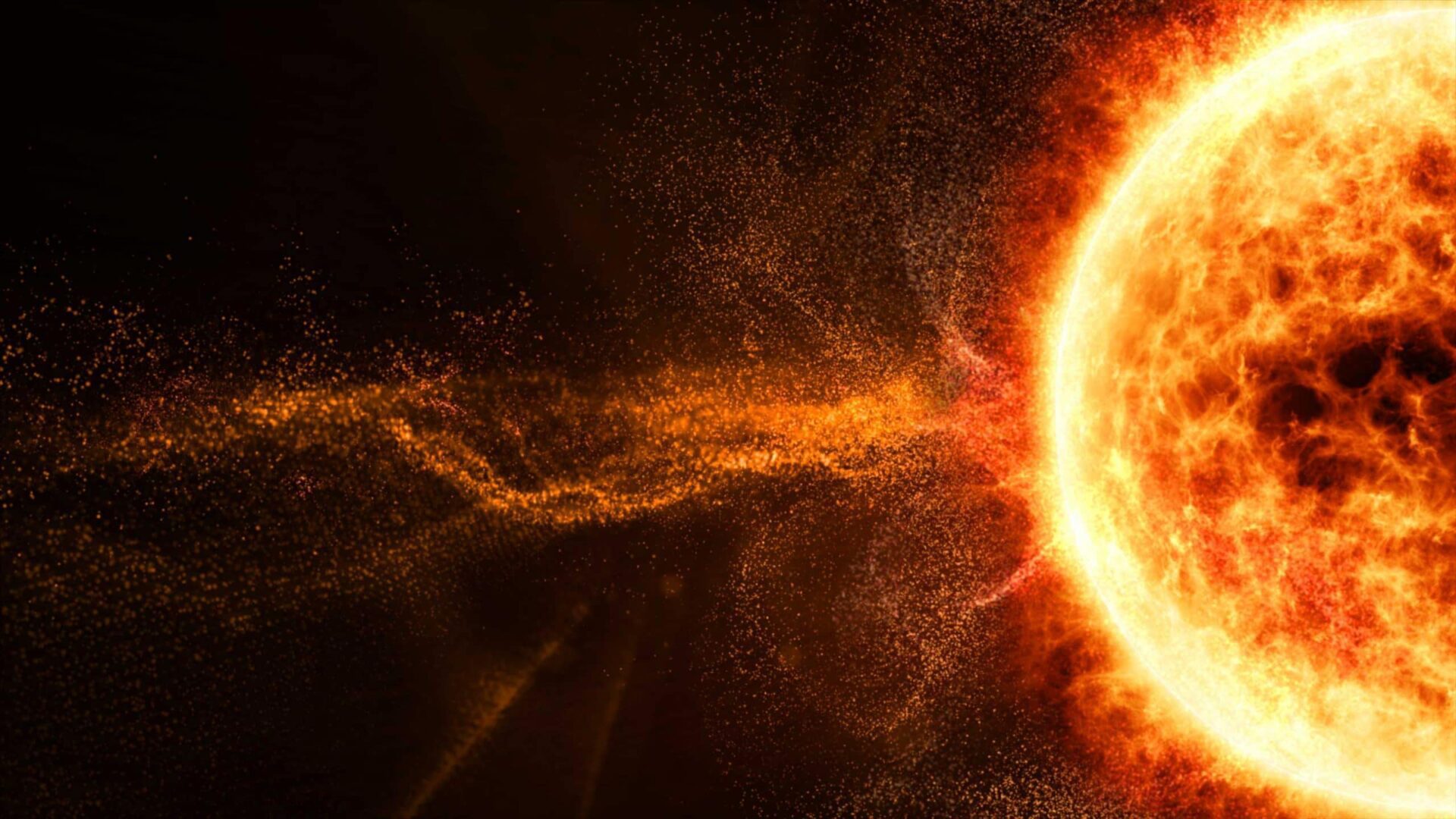


1 comment
My boy loves to learn about space!! Mama needs some more information to feed him! Thanks for the help!